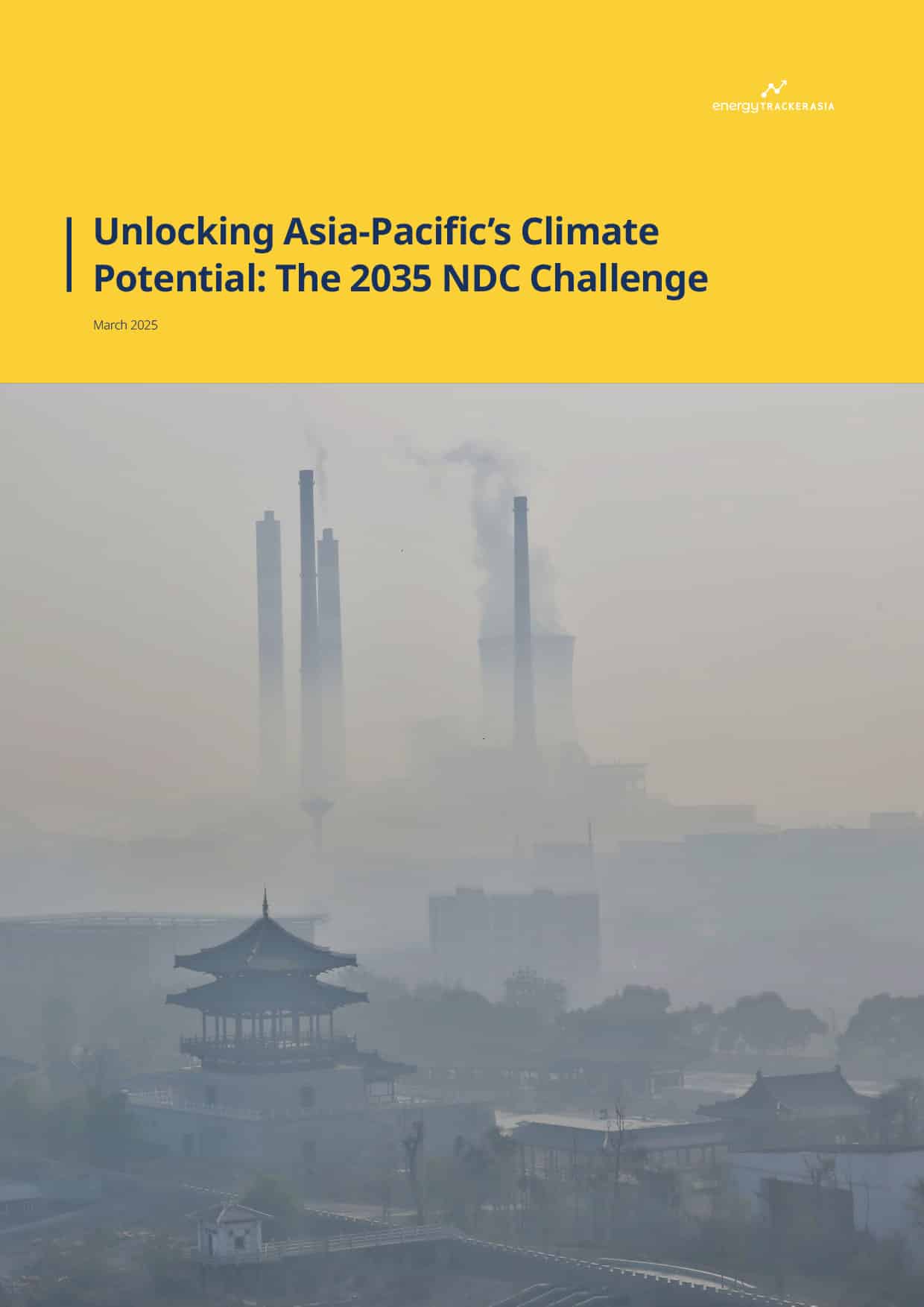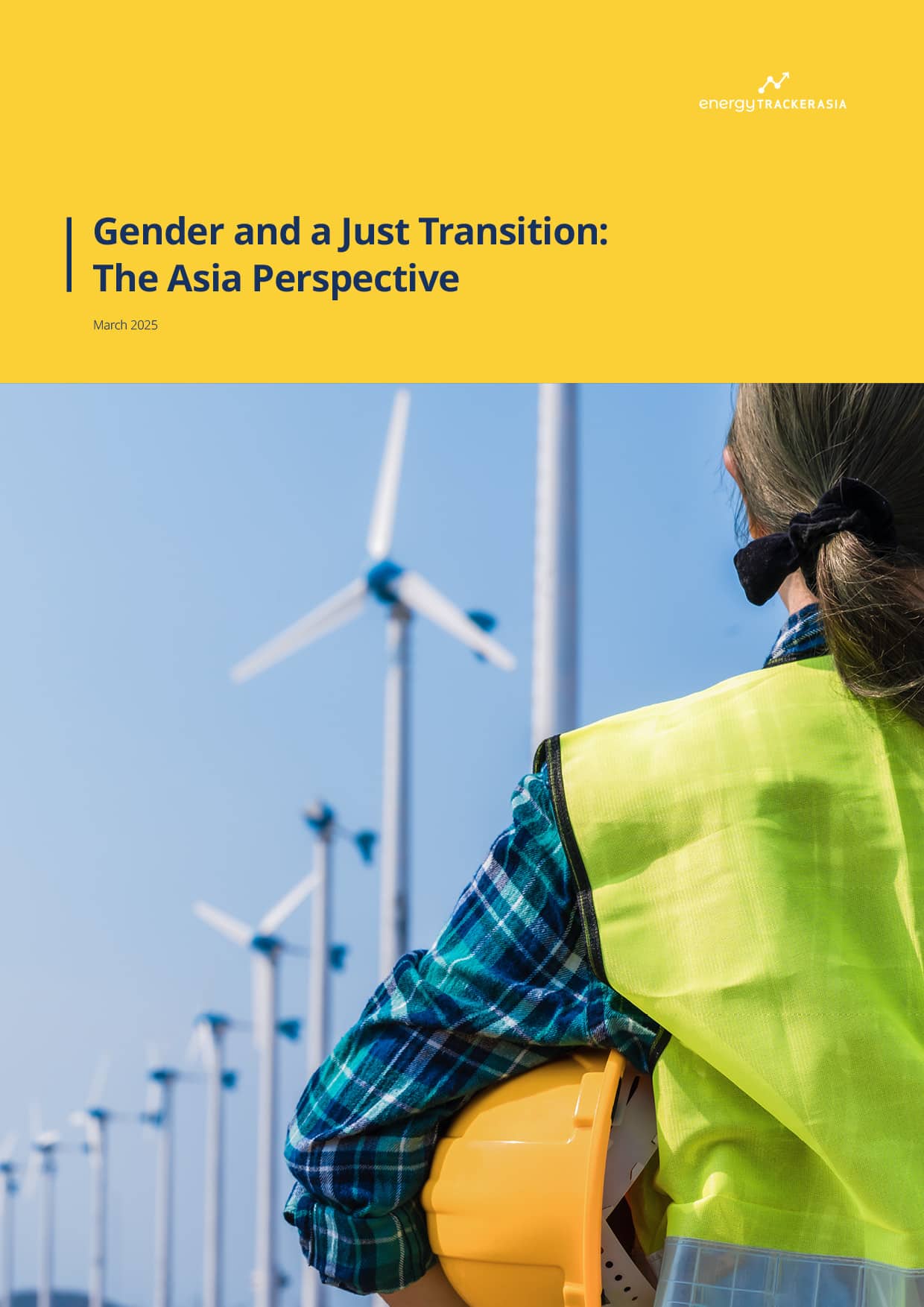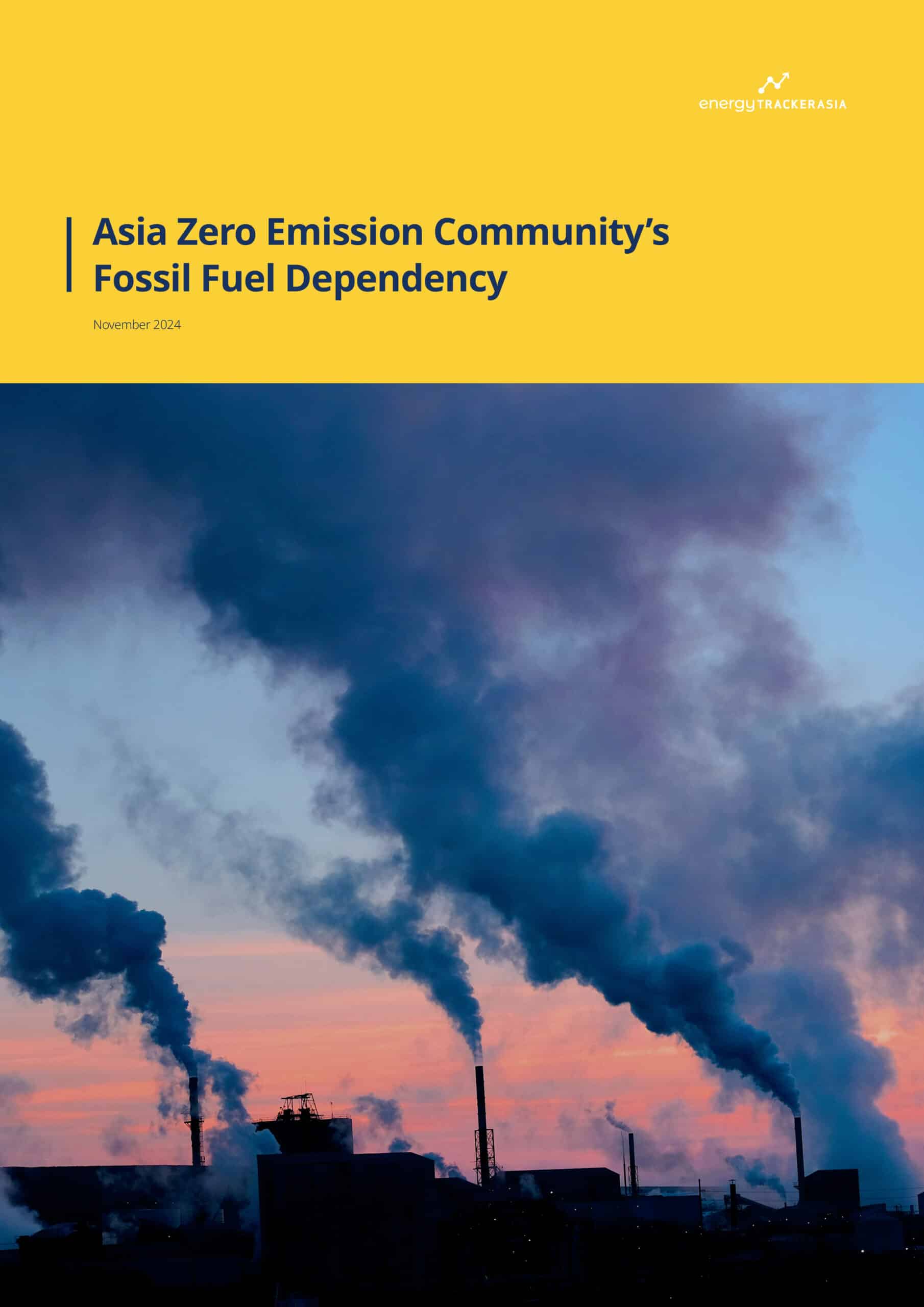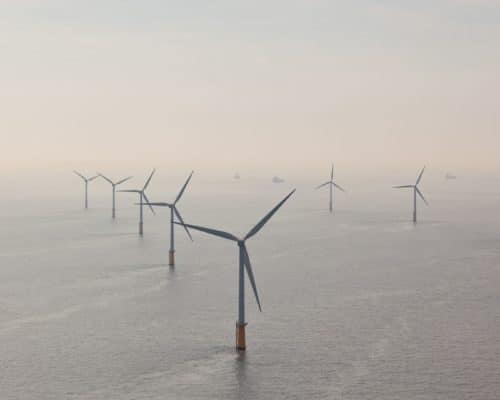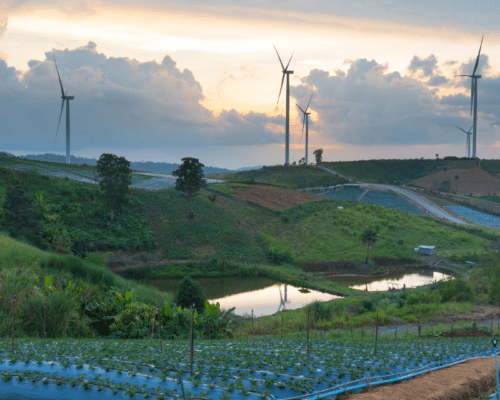50 Years of G7: The Group’s Climate Leadership Hinges on Japan and Its Energy Policies
03 June 2025 – by Viktor Tachev
The global battle against climate change started in Kyoto, Japan, in 1992, with the United Nations Framework Convention on Climate Change, when 37 industrialised nations pledged to binding targets for decarbonising their energy systems and reducing greenhouse gas emissions. Over 30 years later, and instead of leading global climate and energy dialogue, Japan is among the developed nations still dragging its feet in phasing out fossil fuels. This bears implications not only for its economy and energy security, but also for its image, as well as the reputation of the G7, which is supposed to lead global efforts to tame the climate crisis.
Toward the 2025 G7 Meeting in Kananaskis, Canada
The 2025 G7 meeting will take place in Kananaskis, Canada, in June, marking the 50th anniversary of the G7. The heads of some of the most powerful countries will discuss crucial topics, including international peace, security and global economic stability.
However, the host promised to integrate environmental protection and sustainability into all aspects of the planning and delivery of the 2025 G7 Summit. Judging by the preliminary meetings of the different task forces, energy security and climate change will play a crucial role in the summit’s agenda.
The meeting of the dedicated Think 7 (T7) task force on environment, energy and sustainable development, which took place in April, ended with the final communique highlighting the importance of renewable energy for tackling climate change, ensuring energy security and accelerating economic growth. Parties reaffirmed the importance of tripling renewable energy capacity by 2030 to meet climate targets and identified existing challenges such as a lack of financing, energy poverty and technology transfer barriers. The task force also highlighted the need for G7 nations to lead through R&D investments and green financing, describing the upcoming decade as “crucial” for achieving sustainable development goals and building a sustainable energy system for all.
In its final communique, the dedicated task force acknowledged that climate change undermines national and human security in and beyond G7 countries by compromising livelihoods and displacement, causing food and water insecurity and increasing resource competition. Parties stressed the need for G7 countries to align energy security with global climate goals, as well as uphold climate justice commitments to the Global South.
Where G7 Nations Stand on Energy Policies and Decarbonisation Progress: Japan a ‘Clear Outlier‘
The G7 countries were responsible for 18% of global power sector emissions in 2024. Their average share of clean electricity was 50%, with solar and wind holding 18%. Since 2015, electricity generation from coal has shrunk by 48% across the G7, with most nations making substantial progress in weaning their energy systems off fossil fuels. The UK, for example, closed its last coal power plant in 2024, and the US saw the biggest absolute fall in coal generation since 2015, 52%.
However, the decarbonisation progress isn’t equal across the group, with Ember identifying Japan as the “clear outlier”. According to the experts, coal still accounts for nearly a third of Japan’s electricity production. Since 2015, it has declined by just 7%, compared to the 66% average drop across all other G7 members. Furthermore, Japan hasn’t signed the Glasgow Coal to Clean Power Initiative nor the Powering Past Coal Alliance, unlike the rest of the G7. The US hasn’t signed the Glasgow Coal to Clean Power Initiative on a national level, but some states have.
Japan, the fifth largest country by electricity demand, still relies on fossil fuels for 69% of its electricity needs. At the same time, low-carbon sources accounted for 32% of Japan’s electricity in 2024, below the global average of 41%. The country has made progress in solar power deployment, with a 10% share in the electricity mix, becoming the fourth-largest solar generator globally in 2024. However, wind only reached 1% of generation in 2024 despite its massive potential, lagging behind the rest of the G7, where wind averaged 11% of total electricity generation. The country’s total renewable energy share in the electricity mix remains the lowest in the G7.
Japan targets 38% renewable electricity by 2030, well below the 60% global share set out in the IEA Net Zero Emissions scenario. Оffshore wind, in particular, remains largely untapped.
“There is a huge gap in ambition on offshore wind between Japan and the rest of the G7,” notes Dave Jones, Ember’s head of data insights.
According to E3G’s scorecard of the G7 nations’ power systems, the overall score for all G7 countries is “insufficient,” with only Japan receiving an “unacceptable” score. The reason is that, except for Japan, all G7 countries are taking significant steps towards a decarbonised power sector.
E3G ranks Japan at the bottom of the G7 due to having the highest share of fossil fuel power generation and the highest share of coal use. While all other G7 countries have either set a coal phaseout date or have already reached it, Japan remains the only one without plans to move away from the most polluting fuel. The experts also note that Japan’s current emissions reduction trajectory isn’t on track to meet its 46% emissions reduction target by 2030, nor net zero by 2050.
G7’s Climate Leadership Image Hinges on Japan
According to experts, Japan’s recently introduced Seventh Strategic Energy Plan sets unrealistic targets for renewables (40-50% of the electricity mix in 2040) and nuclear power (20%) and is yet to be backed by the needed structural reforms to hit them. Without a change in course, there is a real risk for the country to fall back on fossil fuels to fill in the gap.
At the same time, Ember notes that strengthening Japan’s offshore wind targets is key to matching the G7’s clean power ambitions.
“While the recent plan to expand renewables by 2040 is positive, a low NDC target risks putting the country behind other developed nations in the energy transition,” says Aditya Lolla, Ember’s Asia program director.
Japan’s updated 2035 NDC targets a 60% emission reduction by 2035, significantly below the 81% needed for a 1.5°C-aligned domestic emission reduction pathway as estimated by Climate Action Tracker.
Getting on track with a net-zero pathway requires structural reforms and significantly more financing. While the Japanese government has pledged to invest over 150 trillion yen (USD 1.05 trillion) in decarbonisation over the next 10 years to achieve net zero by 2050, Bloomberg NEF estimates that the country realistically needs much more — around 1,100 trillion yen (USD 7.7 trillion) until 2050. Furthermore, the analysts highlight the need to accelerate the deployment of renewable energy, such as solar and wind, rather than relying on high-cost technologies such as ammonia-coal co-firing.
Climate Action Tracker notes that when it comes to climate leadership and energy deliberation processes, Japan also faces notable issues around transparency and fairness. Reports in local media reveal that the Ministry of the Environment prevented a member of the governmental 2035 NDC formulation committee members from expressing opinions on a more ambitious target. Furthermore, the Task Force for Comprehensive Review of Laws and Regulations for Renewable Energy and the Research Project on Renewable Energy Economics at Kyoto University, which advocated for scaling up clean energy, both came under intense political pressure and were shut down last year.
Japan’s lack of climate leadership isn’t solely a byproduct of unambitious government actions, but rather its strong fossil fuel lobby. E3G notes that Japan’s approach to the energy transition is fundamentally distinct from that of its G7 counterparts and due to its vested industry interests. According to InfluenceMap, the Japanese Business Federation has a history of lobbying “negatively on many strands of climate change regulation in Japan” and remains “oppositional towards regulated carbon taxes and the phaseout of thermal power”. It also actively advocates investing in LNG and fossil fuel-based technologies like hydrogen and ammonia co-firing.
Last but not least are Japan’s foreign energy policies and initiatives for assisting the energy transition across Southeast Asia. For example, under the Asia Zero Emissions Community (AZEC), Japan is actively promoting and financing expensive and polluting technologies that risk delaying the fossil fuel phaseout instead of clean energy solutions.
The High Stakes of the 2025 G7 Meeting
Four years ago, in May 2021, the G7 pledged to reach “fully or predominantly decarbonised power systems by 2035” in line with the IEA’s pathway for a 1.5°C compatible world. However, as recent progress shows, Japan’s commitment remains just on paper. The country seemingly interprets “predominantly” as over 50%, unlike the rest of its G7 peers, which aim at complete decarbonisation.
Less than 10 years are left to fulfil the pledge for net-zero power systems — a short timeframe during which G7 nations must adjust policies, build infrastructure and a skilled workforce, and deliver on their promises. A 1.5°C compatible pathway requires OECD nations to also decarbonise their energy systems by 2035, followed by the rest of the world by 2045. The G7 plays a huge role in leading by example and inspiring this transition. However, considering the domestic and foreign energy policies of nations like Japan and the US, which would continue fueling high emissions, this hasn’t been the case.
The International Institute for Sustainable Development (IISD) sees the G7 2025 Summit as the deadline for members to finally deliver on commitments to phase out inefficient fossil fuel subsidies and double climate finance for adaptation from 2019 levels. According to the IISD, it is imperative for the G7 also to develop national action plans for ending all fossil fuel subsidies by 2026.
With the clock ticking and G7 members at real risk of not meeting their climate obligations, all eyes are on the summit in Canada next month. More specifically, on the actions of Japan.
by Viktor Tachev
Viktor has years of experience in financial markets and energy finance, working as a marketing consultant and content creator for leading institutions, NGOs, and tech startups. He is a regular contributor to knowledge hubs and magazines, tackling the latest trends in sustainability and green energy.
Read more